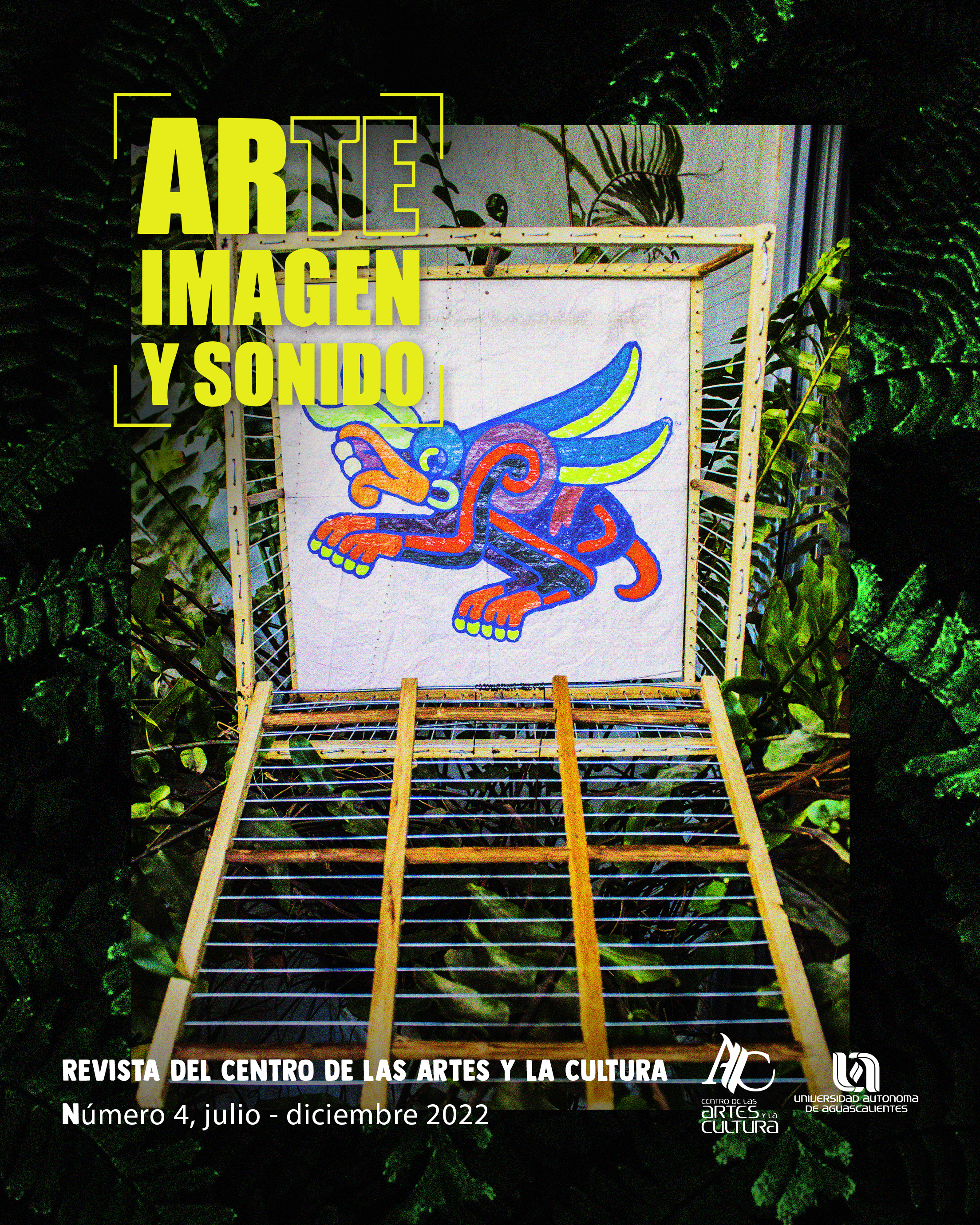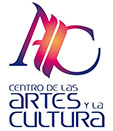Memories and postmemories in the objects of The Great House of Nicole Krauss
DOI:
https://doi.org/10.33064/4ais3998Keywords:
memories, postmemories, literatureAbstract
According to Marianne Hirsch, post-memory refers to the transfer of memories of historical events such as wars, migrations, disappearances, deaths and torture based on family histories. In addition, post-memory finds historical support from the information offered by the media, public education, images and public knowledge of a specific historical event.
The interrelation of memories and post-memories can be divided for study into two: collective memories that are reflected in historical buildings, museums, archives, memorials, while personal memories are exhibited in newspapers, diaries and personal objects. It is precisely the personal memories that play an important role in post-memory since the objects that make it up lead to the mediation of the testimonies and witnesses of History. Given this, we can point out that objects are physical pieces where memory and post-memory are.
In this article, I will review how objects play a key role in the transfer of memories and post-memories in the novel The Great House by Nicole Krauss. This author guides her narrative based on the reconstruction of memories through the transfer of testimonial objects that have historical value in addition to being objects in which the experiences of people in places like Israel, Spain and Latin America that are united by wars, exiles, racism.
Downloads
Downloads
Published
How to Cite
Issue
Section
License
Copyright (c) 2022 Marcela Zárate Fernández

This work is licensed under a Creative Commons Attribution-NonCommercial-NoDerivatives 4.0 International License.
The copyright of the articles rests with the authors, who by publishing them agree to do so under the Creative Commons Attribution-NonCommercial-NoDerivatives 4.0 International license.













